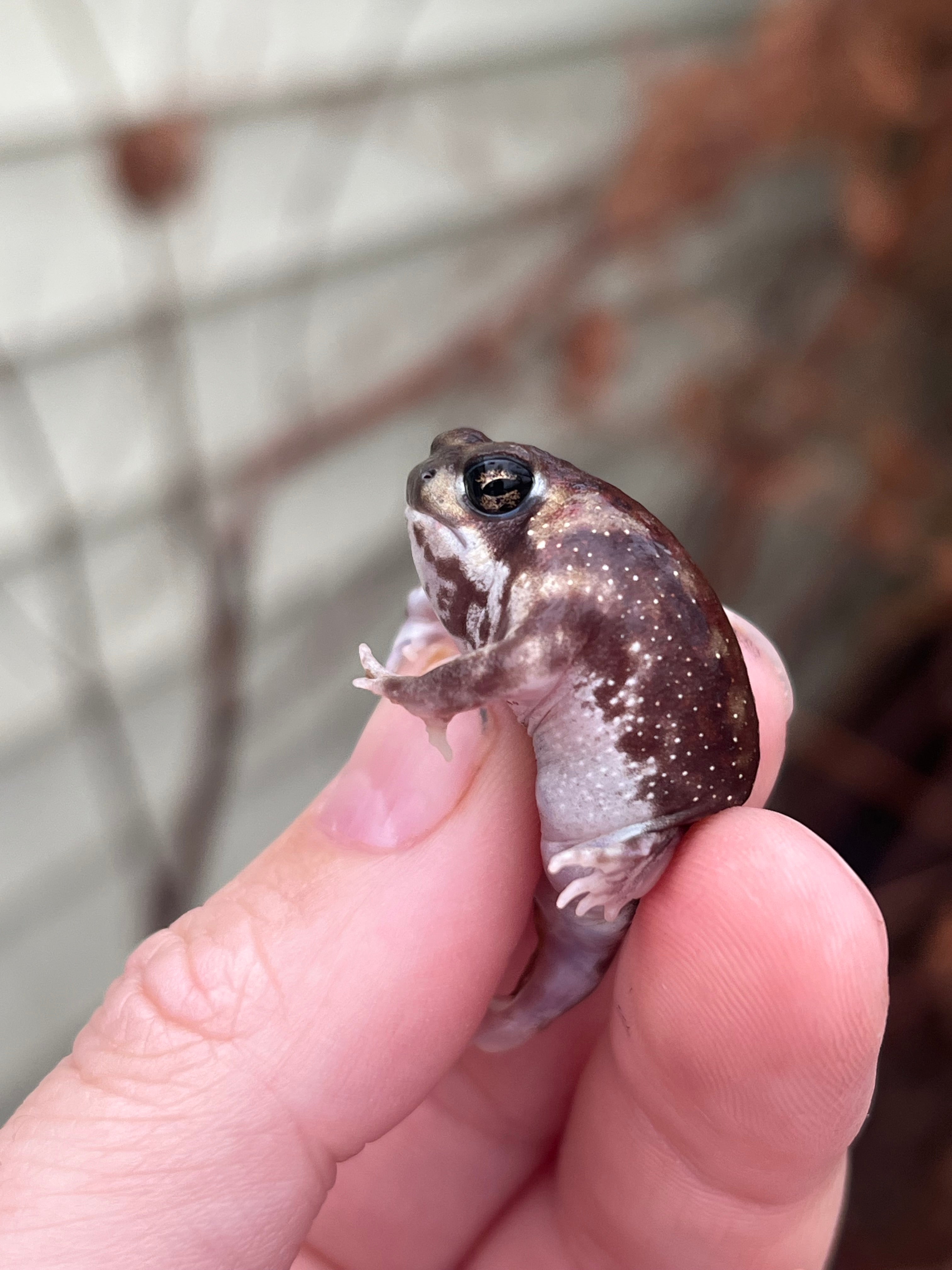Rain Frog for Sale: Unlock the Beauty of Nature with Your Own Amphibian Friend!
Wiki Article
The Very Best Reptile Enclosures: Just How to Create the Ideal Habitat
Creating the ideal habitat for reptiles is not practically putting them in a storage tank or room; it includes a thoughtful factor to consider of different aspects that add to their general wellness. From the size of the room to the kind of substrate utilized, every aspect plays a vital duty in giving a setting where your reptile can prosper. By comprehending the certain requirements of your reptile types and executing the best habitat setup, you can guarantee their wellness and happiness in captivity.Choosing the Right Unit Dimension
When choosing an enclosure dimension for reptiles, it is important to consider their natural actions and area needs to guarantee their wellness and health. Different reptile species have differing needs when it pertains to habitat space. Arboreal types like chameleons or tree serpents need vertical room for climbing up and setting down, while terrestrial species such as bearded dragons or leopard geckos need more floor room for exploring and thermoregulation. Marine turtles like red-eared sliders demand rooms with both water and land areas for swimming and basking.A general regulation of thumb is to supply adequate space for the reptile to display natural actions, such as basking, hiding, climbing up, and foraging. By very carefully considering the specific needs of the reptile types in inquiry, owners can create an appropriate and enriching habitat that advertises total wellness and urges all-natural habits.
Establishing Up Appropriate Burner
To make certain the well-being and wellness of reptiles in their units, it is essential to meticulously establish appropriate burner. Reptiles are ectothermic animals, meaning they depend on exterior heat sources to regulate their body temperature. When establishing burner in a reptile room, it is vital to think about the specific temperature level demands of the varieties you are looking after. Different reptiles have varying temperature level requires based on their all-natural habitat, so it is essential to research study and understand these demands.One typical and effective burner for reptile enclosures is a warmth lamp or ceramic warmth emitter. These warm resources can be utilized to develop a temperature slope within the room, permitting reptiles to move in between warmer and cooler areas as required. Additionally, under-tank home heating pads or heat floor coverings can be utilized to supply tummy warmth, which is especially beneficial for reptiles that need added warmth to assist in digestion.
Keeping track of the temperature level within the unit using a thermometer is crucial to guarantee that the burner are maintaining the proper temperature level array for your reptile. Frequently inspect and readjust the home heating elements as needed to create a healthy and balanced and comfy setting for your flaky friend.
Selecting Appropriate Illumination Fixtures

Providing the Ideal Substrate
Picking the ideal substratum is crucial for developing a appropriate and comfortable environment for reptiles in their enclosures. Some reptiles, such as desert-dwelling varieties like bearded dragons, grow on substratums like calcium sand or reptile rug, while others, like sphere pythons, like coconut husk or aspen bedding to keep moisture levels.Additionally, the size of the reptile should additionally affect your option of substratum, as hatchlings might need a finer material to stop intake. Prevent substrates that can create impaction, such as loose substrates like sand or crushed rock, particularly for reptiles known to consume their bed linen. Frequently cleaning and changing the substrate is vital to make certain a tidy and hygienic setting for your reptile. By choosing the perfect substratum, you can contribute to the overall health and wellness and well-being of your flaky companion.
Decorating for Enrichment and Comfort
Taking into consideration the substratum's function in offering a foundation for natural actions and keeping an ideal atmosphere, improving the reptile enclosure with proper decors is critical for both enrichment and convenience. When embellishing the enclosure, it is important to consider the reptile's species-specific demands and habits to produce a space that advertises physical and psychological health. By including a range of decorations that resemble the reptile's all-natural habitat, proprietors can ensure their pet's convenience and promote their natural reactions, eventually leading to a happier and much healthier reptile.view publisher site
Conclusion

Creating the perfect habitat for reptiles is not simply concerning placing them in a storage tank or unit; it involves a thoughtful consideration of different variables browse around this site that add to their overall wellness.Choosing the ideal substratum is important for producing a comfy and ideal environment for reptiles in their rooms. Some reptiles, such as desert-dwelling types like bearded dragons, prosper on substratums like calcium sand or reptile carpeting, while others, like round pythons, prefer coconut husk or aspen bedding to preserve humidity levels.
By integrating a range of designs that simulate the reptile's all-natural environment, proprietors can guarantee their family pet's convenience and promote their natural impulses, eventually leading to a happier and healthier reptile.
In final thought, producing the optimal habitat for reptiles includes selecting the suitable enclosure size, home heating components, lighting components, substratum, and designs.
Report this wiki page